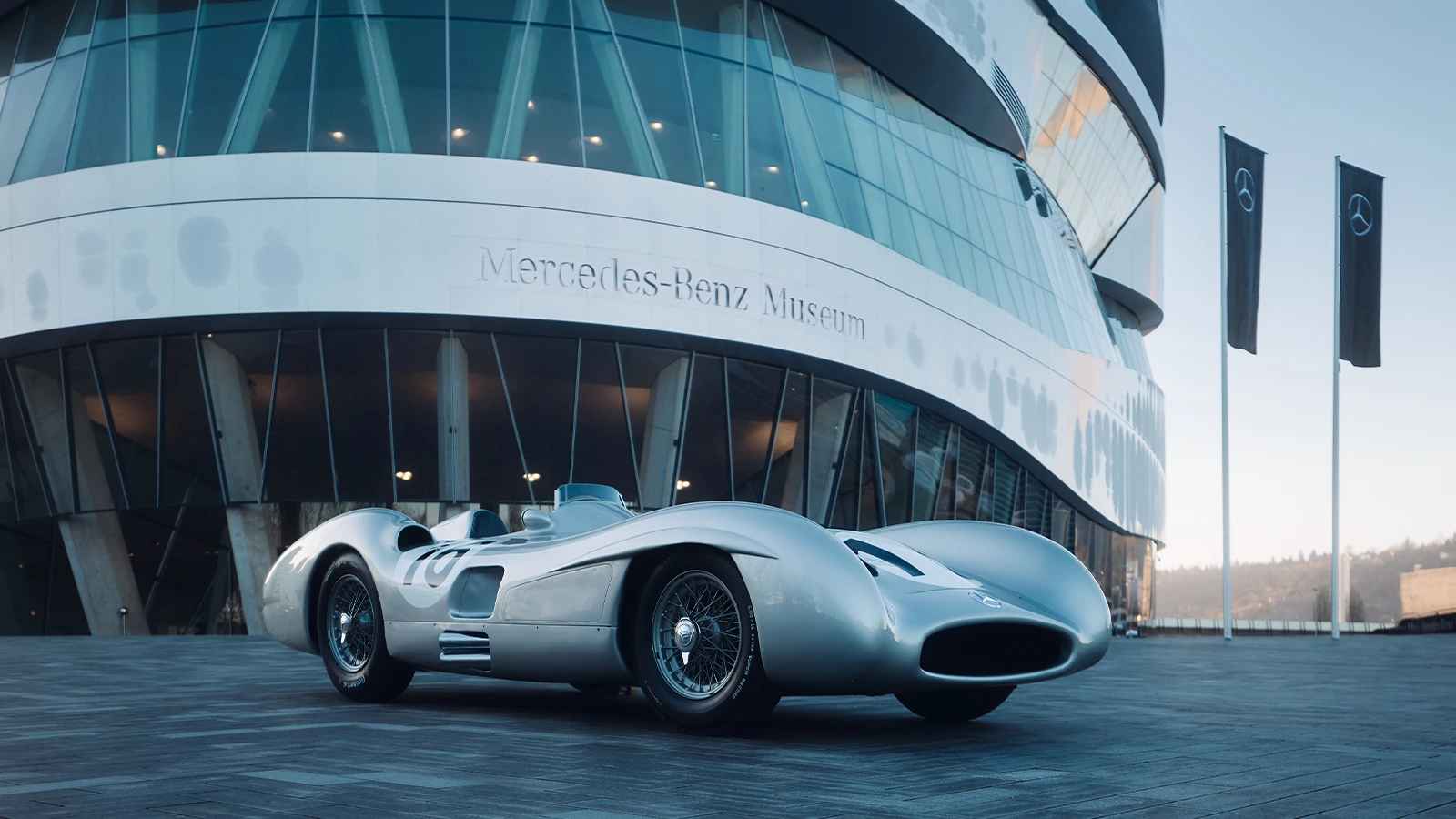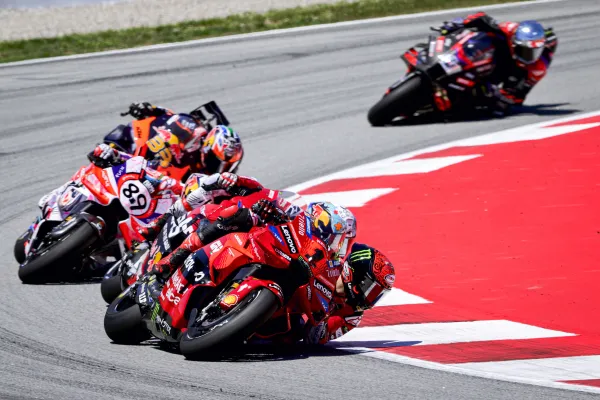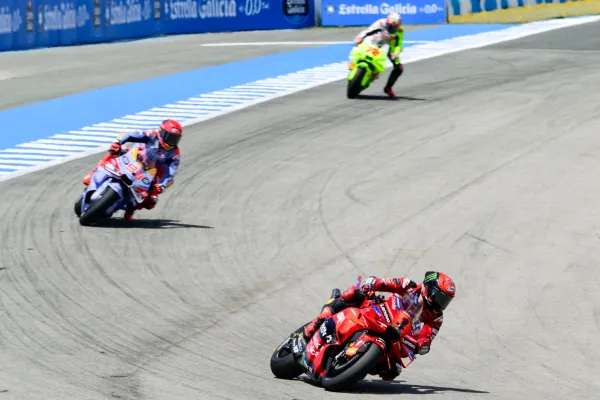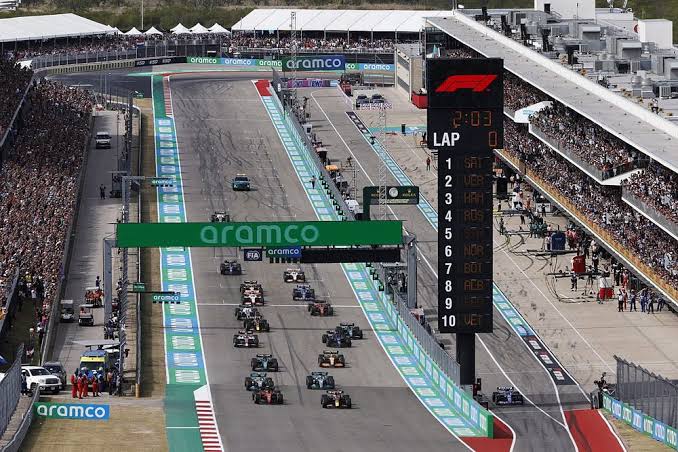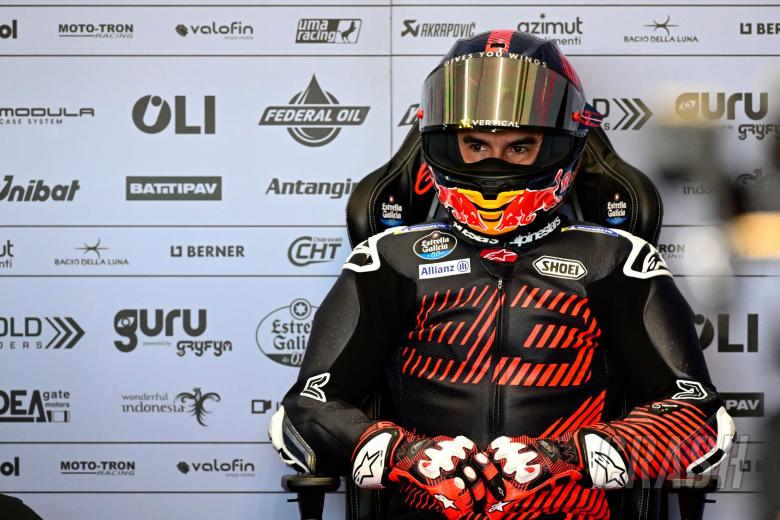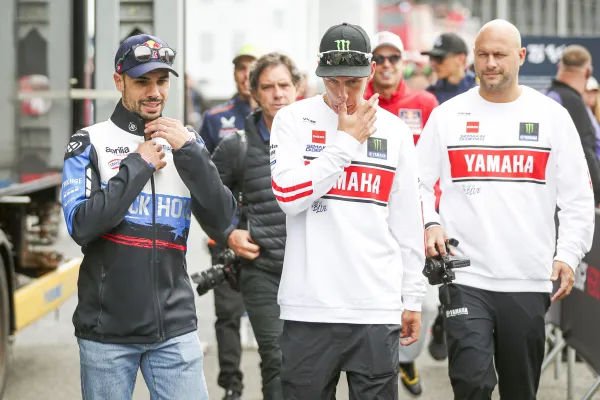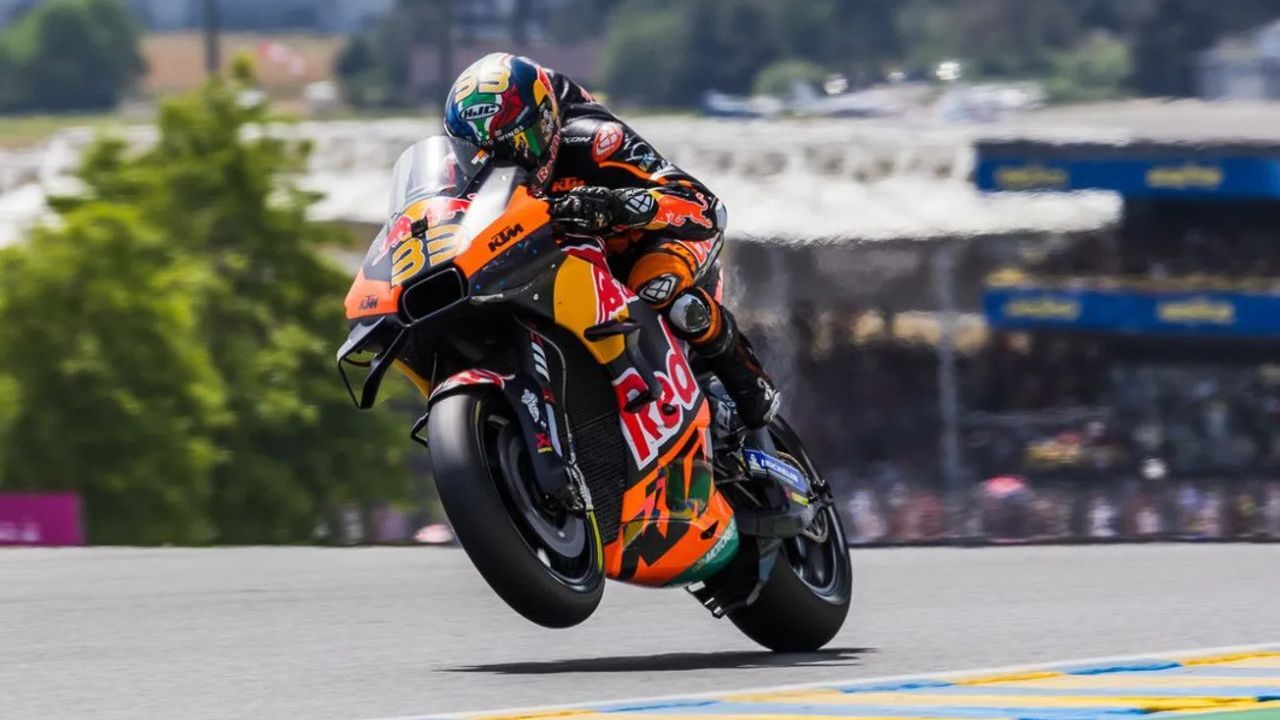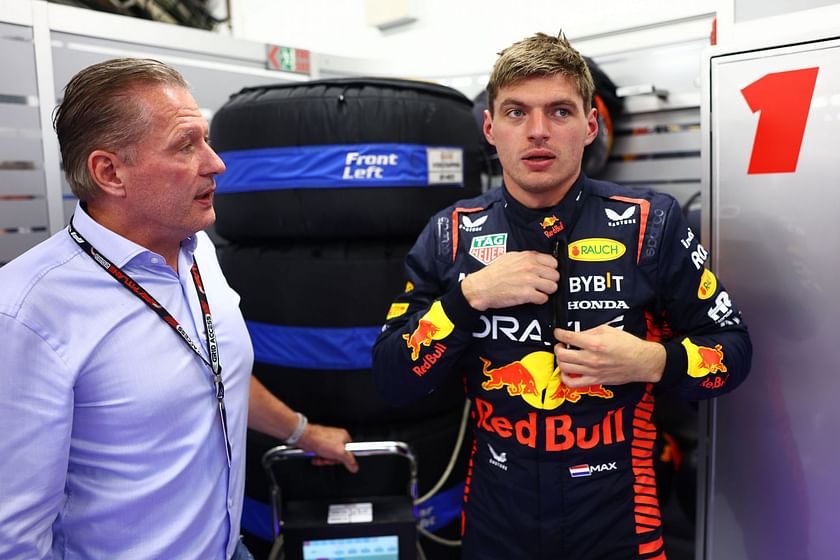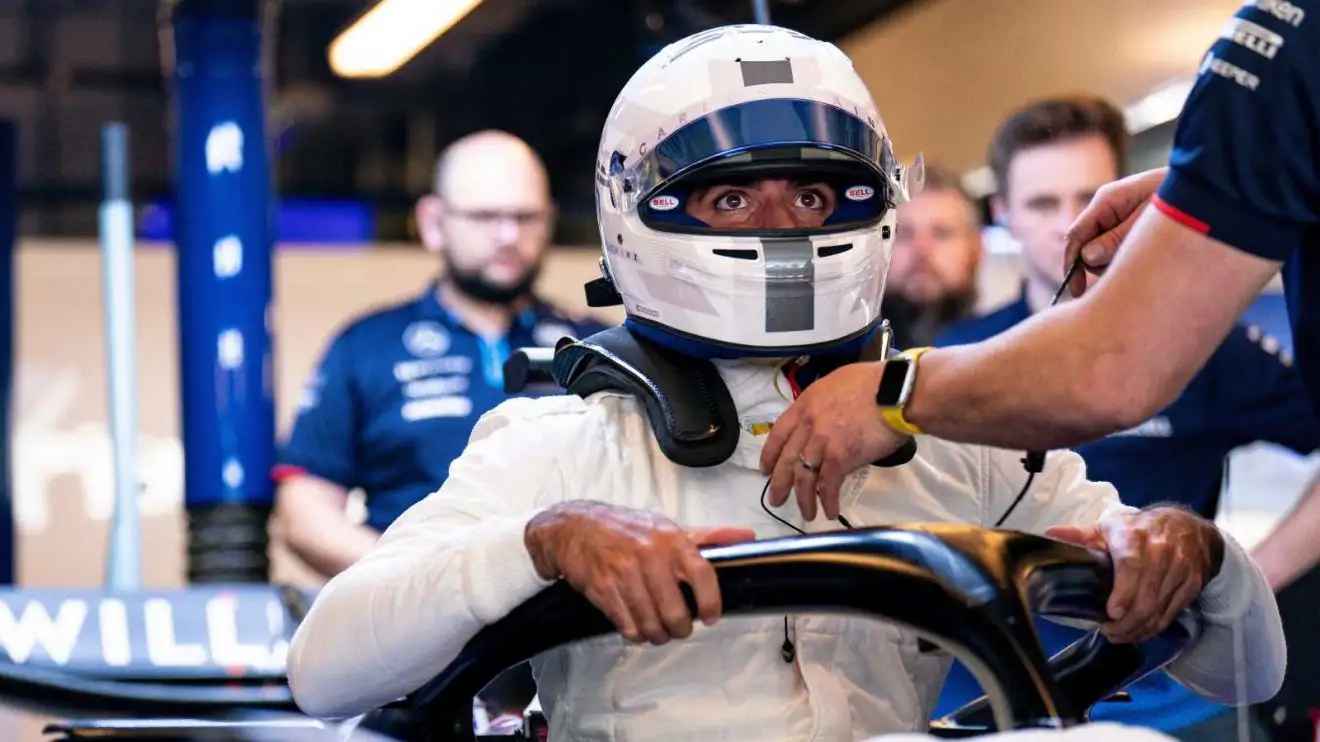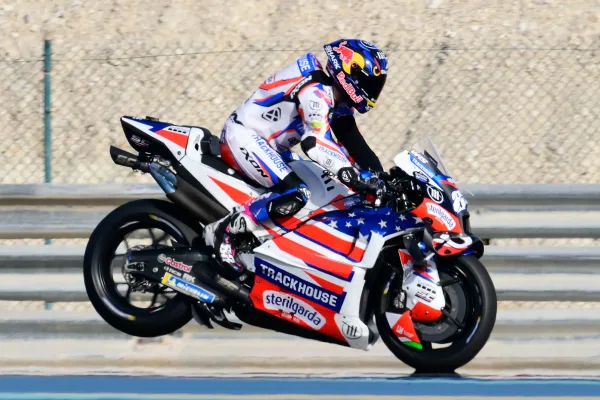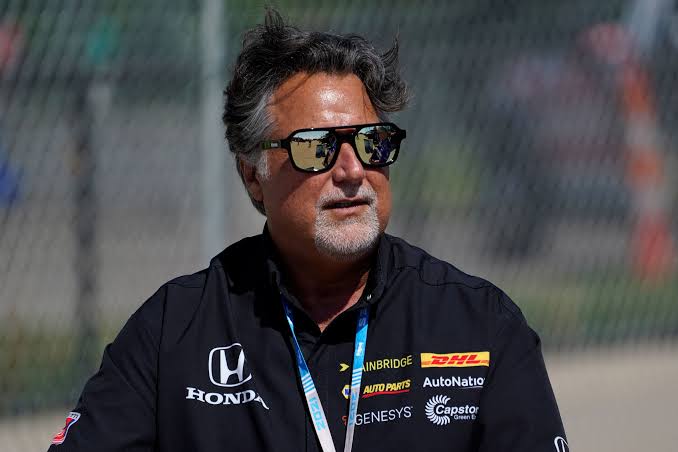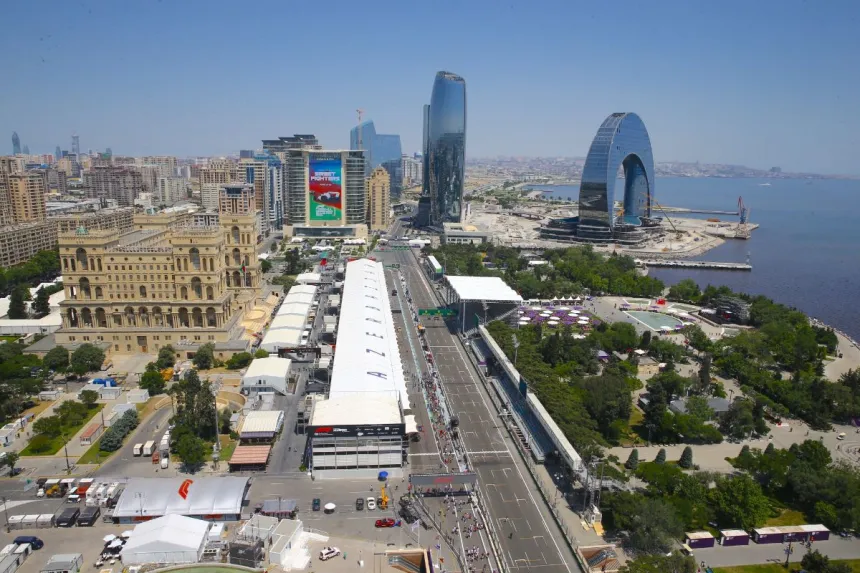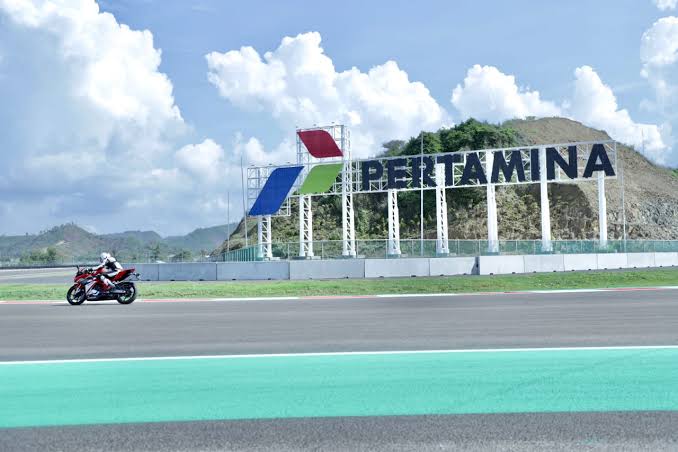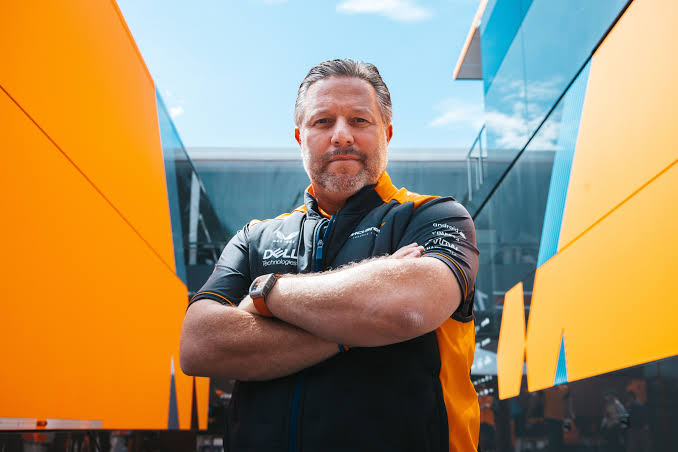Silver Arrow’s Golden Moment: Historic Mercedes F1 Car Shatters Auction Records
In a glorious nod to automotive heritage, a fabled Mercedes W196 R Stromlinienwagen knocked a new record price at auction for a record price of £42.75 million (€51.155 million). Not only a record price, but also a nod to motorsport heritage, engineering expertise, and a lasting tribute to two motorsport immortals: Juan Manuel Fangio and Sir Stirling Moss, the record-shattering sale at the Mercedes museum in Stuttgart is a tribute to two of motorsport’s greatest driving titans.
The Rare Silver Arrow
The car in question is no ordinary competition car. It is one of four complete examples of the Mercedes W196 R Stromlinienwagen in the whole world. Chassis 00009/54, in its case, is a high-water mark in 1950s Formula 1 engineering and design. Its over-the-wheel, streamline-shaped bodywork, for its era, represented a state-of-the-art, even revolutionary, application of aerodynamics.
A Storied Racing Pedigree
The car’s worth is not only in its scarcity but also in its prestigious competition pedigree. In 1955, five-time champion and one of its most renowned drivers, Juan Manuel Fangio, won in this same car at Buenos Aires’ non-championship 1955 Grand Prix. In 1955, legend in his own right, Sir Stirling Moss, took the car out at the Italian Grand Prix in Monza, taking a record lap at a record 134 mph pace and retiring in a competitive run.
Fangio’s relationship with W196, however, mattered most. Fangio, with unmatchable talent and skill at getting out of a car, whatever it could possibly yield, won with this car and constructed a reputation for himself as one of motorsport’s greatest ever drivers. W196 wasn’t a car but a reflection of Fangio’s wizard driving skills.
Breaking Auction Records
The sale comfortably smashed a record for a grand prix car, with a similar one, an ex-Fangio Mercedes W196, having previously been sold for £19.6 million at Goodwood in 2013. That new record is over double that of its predecessor, underlining the exceptional character of that individual car.
Auction Details
The auction, conducted by RM Sotheby’s, saw a frenzied bidding rise in rapid succession to €40 million in five-million-euro jumps. With a hammer price of €46.5 million, including a buyer’s premium, it reached a record-smashing price of €51.155 million.
This auction stimulated a lot of activity with collectors, enthusiasts, and international press, and bidding for part of automotive heritage was an exciting spectacle, and demand for traditional competition cars continues to expand.
The Bidding War
The bidding, in fact, was a spectacle to behold. It began with nervous bids but soon became fevered when buyers could perceive the worth of what lay in store for them. With each successive bidding, tension increased in both observers and participants alike. Most collectors were bidding not for a car but for an opportunity to have a part of motorsport legend that played a part in creating a part of motorsport heritage.
Historical Context
This sale brings an era to a conclusion in a variety of ways. The car is the final in Mercedes’ first “Silver Arrows” works car campaign, preceding its 1955 retreat from works-sponsored motorsport, following a disastrous 1955 24 Hours at Le Mans, during which many lives were taken and new, stricter motorsport security laws followed.
The Impact of Motorsport Tragedies
The Le Mans debacle touched motorsport in its totality in a big way. After it, Mercedes-Benz made a painful decision to retire from competition till 2010, when it returned in its first full works campaign in Formula 1 with a new vigor and commitment towards both innovation and security.
The legacy of Silver Arrows can be seen in today’s racing teams. What transpired during that era in terms of engineering helped establish fundamentals that even in modern motorsport planning and design apply.
Broader Automotive Context
While remarkable, such a purchase is not altogether unprecedented in collector car sales. The most expensive car ever bought at an auction is a 1955 Mercedes 300SLR Uhlenhaut Coupe, acquired for a record €135 million in May 2022. That brings into view how high-profile sales have become a big spectacle in both car and financial communities.
Significance for collectors
Marcus Breitschwerdt, CEO of Mercedes-Benz Heritage GmbH, highlighted the significance of the sale: “Very few Mercedes-Benz Silver Arrows are privately owned. This makes it the most valuable Grand Prix racing car in the world.”. The rarity and historical importance of such vehicles attract collectors who are not only interested in financial investment but also passionate about preserving automotive history.
For collectors, having such a legend in one’s collection is similar to having a part of history—it holds not only financial value but also an emotional value in terms of memories and aspirations for one’s life in relation to motorsport.
Technical Marvel of its Epoch
The W196 R Stromlinienwagen was a technological marvel in its time, with cutting-edge engineering methodologies of its time. Its streamlined bodywork was designed to maximize aerodynamic efficiency through less drag—an important consideration for high-speed performance at circuits.
Racing Specifications
Chassis: 00009/54
Engine: 2.5-liter straight-eight engine
Power Output: Approximately 290 hp
Top Speed: Over 180 mph
Notable Achievements:
Fangio’s victory at the Buenos Aires Grand Prix
Moss’ fastest lap at Monza
Weight: Approximately 750 kg (1,653 lbs)
The engineering work in developing this car involved such state-of-the-art technology as disc brakes and independent suspension, both of them a breakthrough at the time and ubiquitous in today’s competition cars ever since.
Aerodynamics and Design Innovations
The design principle of the W196 focused a lot on aerodynamics; its shape alone lowered airflow resistance significantly compared to its counterparts during its era. With such accuracy, drivers like Fangio and Moss could drive at astonishing speeds and yet maintain full command over them.
Additionally, Mercedes utilized widespread use of lightweight materials in its construction, offering enhanced performance with no sacrifice in durability and security—values even in current automotive engineering.
A Symbol of Perfection in Racing
This sale isn’t a mere financial one—it’s a tribute to car heritage. The Mercedes W196 R Stromlinienwagen is an era of car gold when engineering skill, unbridled courage, and mechanical precision converged to form an extraordinary entity.
The record-breaking purchase is a powerful reminder of enduring value in car heritage. It confirms that for actual collectors and enthusiasts, a competition car is not ever simply a tool—it’s a living part of heritage, a work of beauty with a snapshot in time of humanity and technological achievement at its finest.
Cultural Impact
The cultural contribution of Formula 1 cannot be overestimated; it has conditioned conceptions of competition, speed, and technological advancement worldwide. Figures such as Fangio and Moss have become not only heroes of motorsport but heroes in a general sense to a broader population, whose contribution in terms of fair play and engineering expertise is cherished and appreciated.
As such events become a reality—like in such a record-setting auction—remind us that a passion for racing runs through eras; it brings humans together in shared devotion for drivers who took a gamble and pushed borders in a racetrack and wrote stories etched in car legend.
Future Implications for Collectors
As we head towards an era when electric cars dominate retail and competitive driving circuits (like in Formula E), older, traditional combustion-engine cars like the W196 can become even more in demand for collectors in search of heritage during times of rapid change.
Investment Potential
Investing in collectible automobiles has long been a traditional alternative asset with long-term appreciating value—rare cars with significant ties to events in history, for example, or with heritage with famous drivers—making them a sound investment for sophisticated investors looking for alternatives to traditional portfolios with a high level of stocks and/or bonds.
Moreover, with increased curiosity in newer generations regarding knowing about car heritage in conjunction with technology powering future options for mobility (e.g., autonomous driving technology), there is an opportunity for growth in such a niche marketplace segment—keeping such ageless cars relevant even in ever-changing environments in industries worldwide!
Conclusion: A Legend Never Dies
As the €51.155-million hammer rang out in this record-breaker at Stuttgart’s magnificent complex of museums, a site where memories and innovation merge, it wasn’t a mere car changing hands; it was a symbolic work embodying years and years of achievement won through tenacity in adversity taken head-on by pathbreakers such as Fangio & Moss, who paved the path for us to stand at such a position today!
With every revving of an engine sounding out over centuries—every roar sounding deep in nostalgic hearts—we pay tribute not only to what’s been accomplished but to that yet to follow—fully knowing that legends don’t ever go out of date; they simply become new chapters patiently waiting for someone bold enough to knock them off their pedestal yet again.
